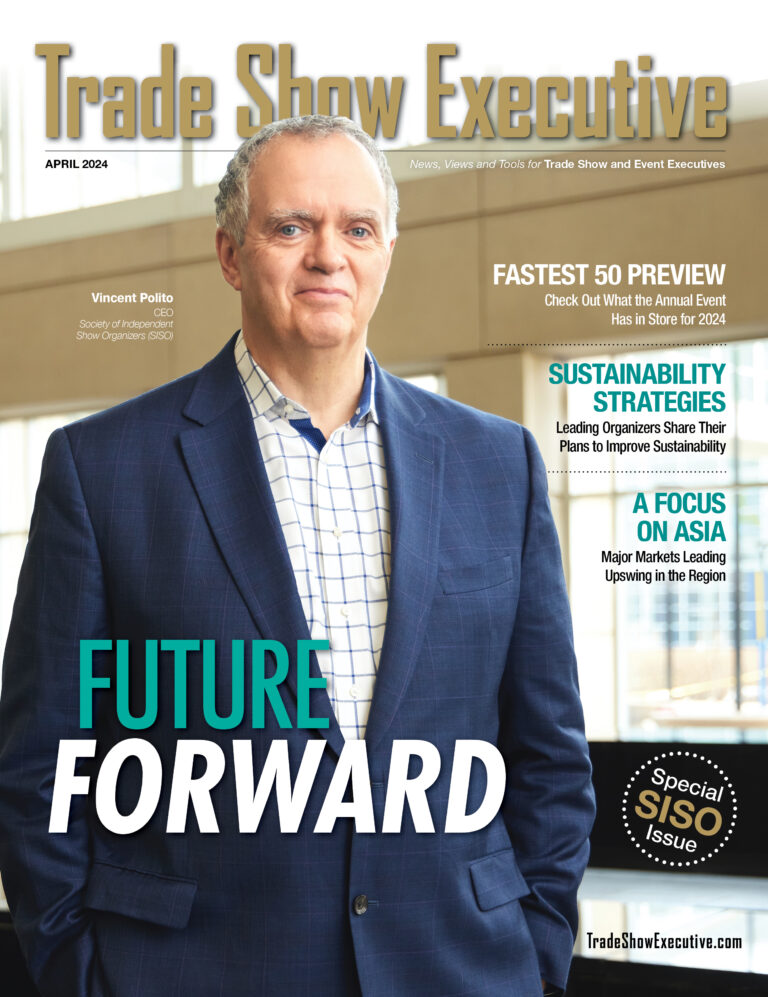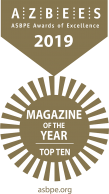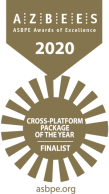
MADRID — Madrid’s FITUR (International Tourism Trade Fair), held May 19-23, was seen by many as a blueprint for other countries within Europe to prove their ability to hold large face-to-face events safely. Organized by IFEMA MADRID, this year’s event was held five months later than usual and was significantly different from earlier shows.
Further stressing the fair’s importance to Spain and the tourism industry, Spain’s King Felipe VI and his wife, Queen Letizia, cut the red tape on opening day, and the participation of Tourism Ministers from around the world, the World Tourism Organization, and Spanish national and regional authorities further stressed this fair’s significance.
In FITUR’s case, the numbers did the talking — and this was indeed a turning point for the Spanish tourism industry that suffered a shortfall of 70 million international tourists, with estimated losses exceeding $122 million compared to 2019. However, visitors arriving in Madrid for FITUR were expected to generate an estimated economic impact of approximately €100 million in the city.
Related. Spanish Government Names FITUR an “Event of Exceptional Public Interest”
Overall, FITUR 2021 welcomed 5000 companies and 55 countries with over 62,000 attendees (estimated 42,000 trade visitors and more than 20,000 general public visitors). However, a strong hybrid element was also in play with more than 40,000 online visitors at this first-ever hybrid event: FITUR LIVECONNECT.
“IFEMA takes very strict anti-COVID measures during the celebration of in-person events,” Maria Valcarce, Director of FITUR, said, adding that they have received several national and international certifications to confirm their actions in this regard.
FITUR 2021 offered most of the standard protocols, including the mandatory use of masks; ventilation inside the halls with total air renewal in just 20m (about 65 feet); widening of hallways; strict capacity control; cleaning and disinfecting; adoption of regulated catering measures, etc. But they also went one step further by requiring attendees to pass an antigen COVID-19 test 24 hours before their arrival. “This has proven to be very positive since this has given exhibitors and visitors one extra element for confidence as well as increasing safety,” Valcarce said.
Valcarce added that the exhibition areas had wider aisles than usual and they also set up large meeting areas so people could hold meetings safely when the stands became too crowded. “However, there were also several presentations in the auditoriums, and the seats for the audience were at least 1.5 metres (almost 5 feet) apart.”
When it came to food and beverage, the fair applied the standard safety protocol for restaurants and catering, which is mandatory in Madrid. It requires food and drinks to be taken seated and served at the table, with a maximum of four people per table in indoor areas of the halls and six in outdoor areas, with people at least 1.5 metres apart, in both cases. In addition, the IFEMA MADRID halls have a ventilation system that completely renews the air every 20 minutes, and no air is recirculated at any time.
“The vast majority of FITUR participants have welcomed these protective measures positively; the health control mechanism worked very well and the overall assessment is satisfactory,” Valcarce said.
In-person fairs can be held, and this show has demonstrated that, Valcarce told TSE. “The important thing is to apply rigorous COVID protection protocols to keep people safe and allow them to feel confident, and above all, don’t spare any effort in this respect. At IFEMA MADRID, we’ve worked hard and very seriously on this issue, and now we have four Spanish and international certification labels that attest to the quality and rigor of our COVID protection protocols.”
Reach Maria Valcarce macarena.ferrer@ifema.es +34 629 64 42 08











